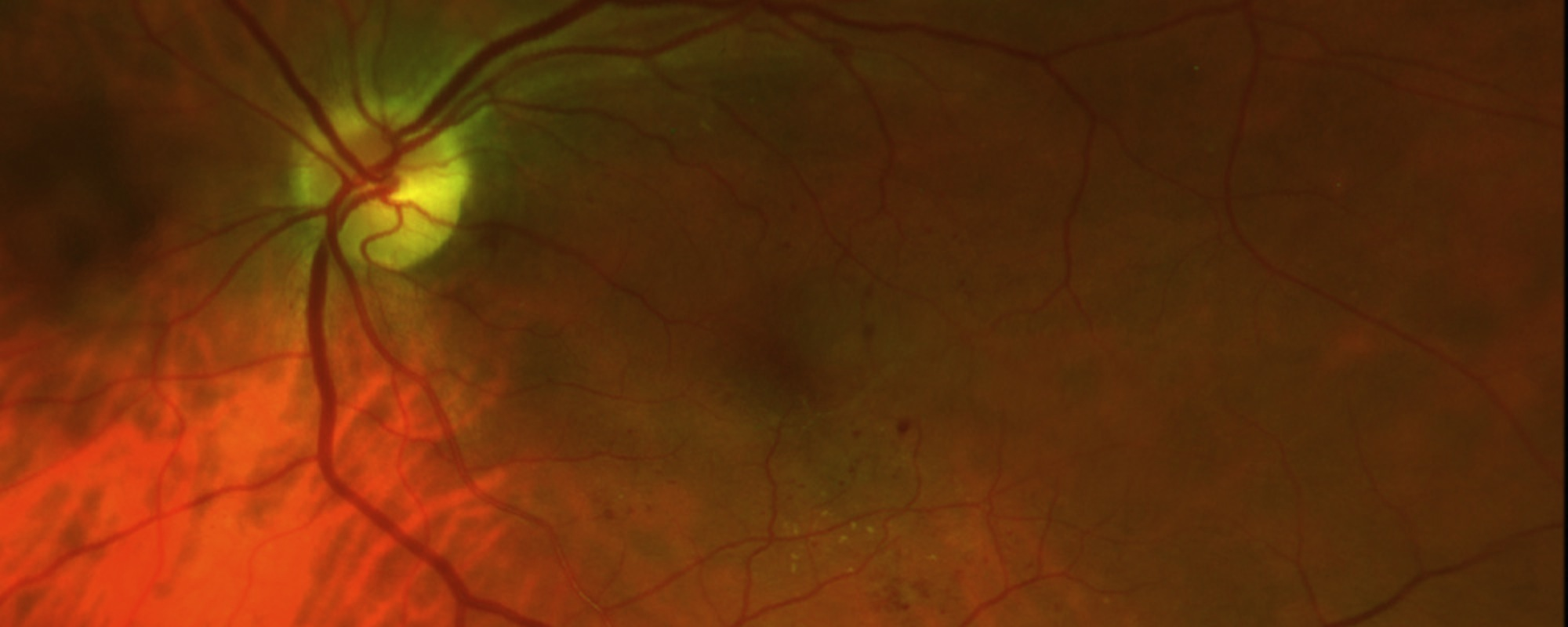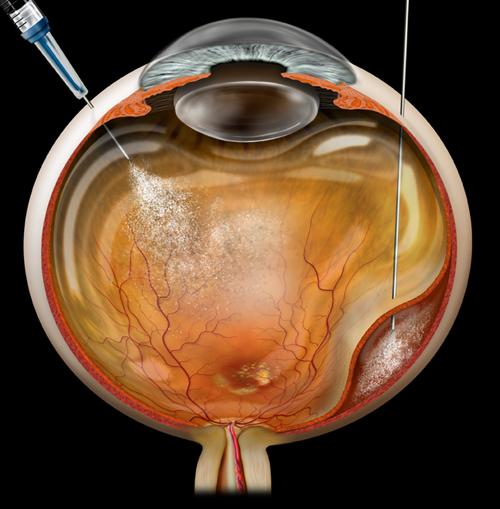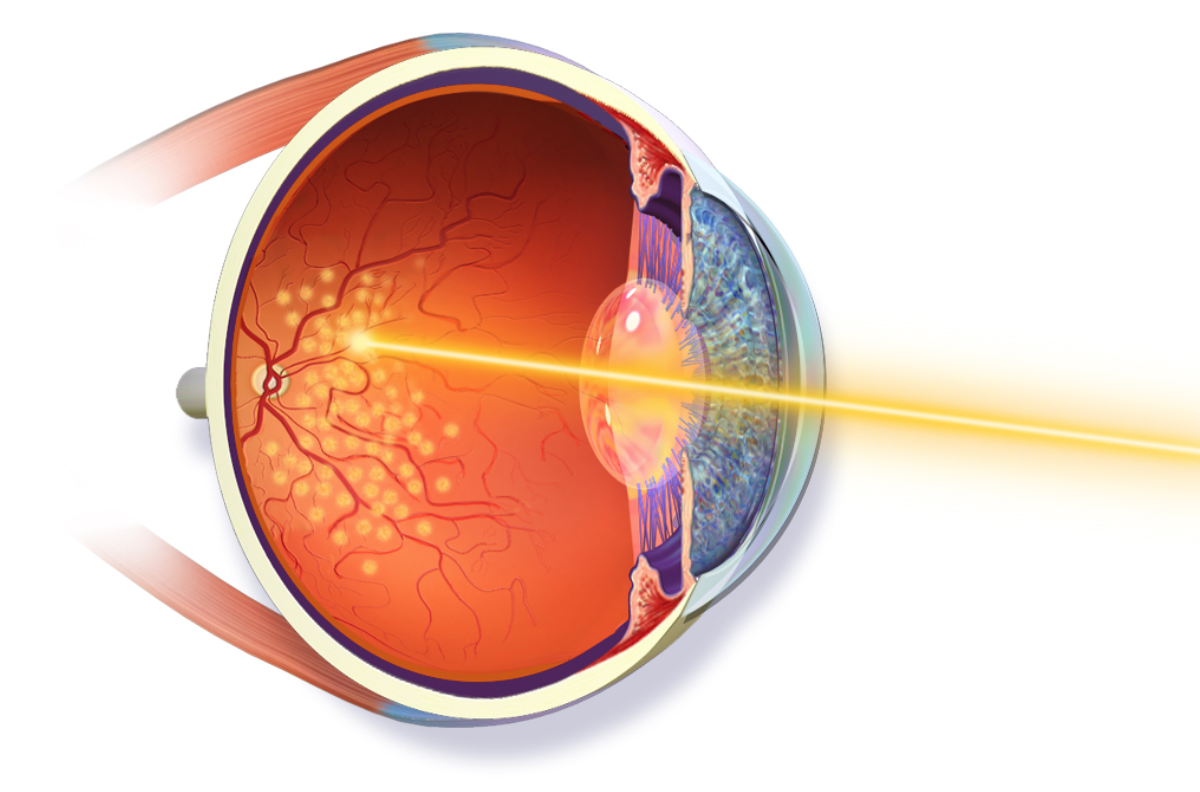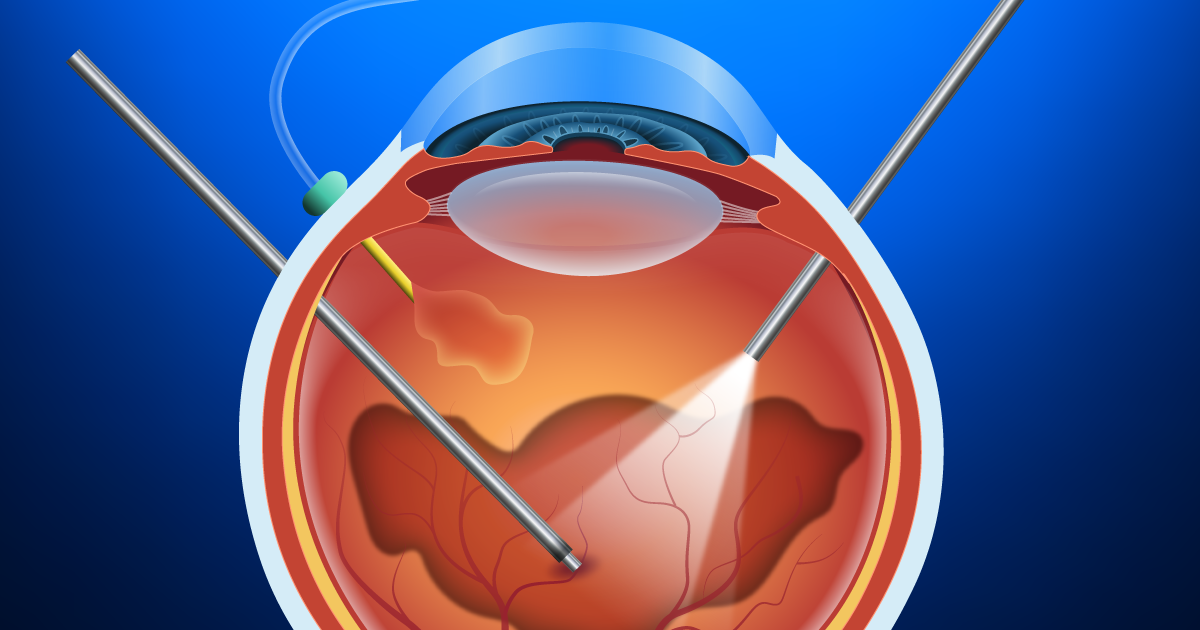What Is Fluorescein Angiography?
Fluorescein angiography (FA) is when your ophthalmologist uses a special camera to take pictures of your retina. These pictures help your ophthalmologist get a better look at the blood vessels and other structures in the back of the eye.
What Is Fluorescein Angiography Used for?
FA is often recommended to find and diagnose eye disease including:
- macular edema (swelling in the retina that distorts vision)
- diabetic retinopathy (damaged or abnormal blood vessels in the eye caused by diabetes)
- macular degeneration
- blockage of veins inside the eye, called BRVO or CRVO
- macular pucker (a wrinkle in the retina caused by a buildup of fluid behind it)
- ocular melanoma (a type of cancer affecting the eye)
FA is also used to:
- track changes in eye disease over time
- target treatment areas
How Is Fluorescein Angiography Done?
FA is usually done in your ophthalmologist’s office. It often takes less than 30 minutes. Here is what will happen:
- Your ophthalmologist or an assistant will put drops in your eyes to dilate (widen) your pupil.
- A yellowish colored dye (fluorescein) is injected in a vein, usually in your arm. It takes about 10–15 seconds for the dye to travel throughout your body. The dye eventually reaches the blood vessels in your eye, which causes them to “fluoresce,” or shine brightly.
- As the dye passes through your retina, a special camera takes pictures. These pictures help your ophthalmologist see any problems or where to focus treatment.
What to Expect After Fluorescein Angiography
The effects of dilating eye drops can last several hours and cause blurry vision and light sensitivity. Be sure to:
- bring sunglasses to your appointment, and
- have someone drive you home afterwards, as it will not be safe for you to drive yourself.
Are There Side Effects and Risks from Fluorescein Angiography?
You may have some side effects from fluorescein angiography. Here is what you might notice:
- When you look at objects, they may seem dark or tinted. This side effect goes away in a few minutes.
- Your skin may look a bit yellow. This happens because the dye travels to all your veins in your body. Your skin will return to its normal color in a few hours.
- Your urine may look orange or dark yellow for up to 24 hours afterwards. This is because your kidneys will filter the dye from your blood.
- You may feel a burn on your skin if dye leaks during the injection. This side effect goes away in a few minutes.
Although it is rare, there is a risk that you could have an allergic reaction to the fluorescein dye. People who are allergic to the dye may get hives or itchy skin. Very rarely, a person may have breathing or other serious problems. Your doctor can treat an allergic reaction with pills or shots.








